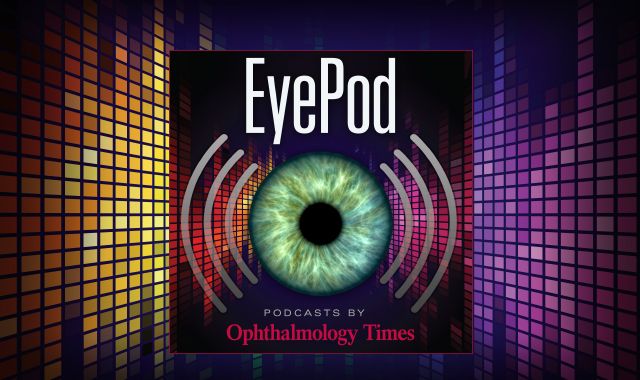News
Article
New miniature telescope for AMD shows promise, raises postoperative concerns
Author(s):
Key Takeaways
- The SING IMT showed significant improvements in corrected distance and near visual acuity in patients with late-stage AMD.
- Postoperative complications included iris incarceration, pigment deposition, and transient corneal edema, with blurred vision reported by 90.9% of patients.
Patients commonly reported unexplained blurred or hazy vision postoperatively that requires further investigation
(Image Credit: AdobeStock/Who is Danny)

Investigators from the Department of Translational Medicine, University of Ferrara, and Sant’Anna University Hospital, both in Ferrara, Italy, conducted a study in which they evaluated the Smaller-Incision New Generation Implantable Miniature Telescope (SING IMT, Samsara Vision).
They reported that the device provided “promising objective results.” However, patients commonly reported unexplained blurred or hazy vision postoperatively that requires further investigation,1 according to first author Ginevra Giovanna Adamo, MD.
This study evaluated the anatomic and functional outcomes of the SING IMT in patients with bilateral advanced age-related macular degeneration (AMD).
All patients in this non-comparative, retrospective, interventional case series included patients with bilateral late-stage AMD who underwent cataract surgery and implantation of the SING IMT at the Sant’Anna University Hospital. All procedures were performed by the same surgeon. The main outcomes were measurement of the corrected distance visual acuity (CDVA), near VA (CNVA), and the degree of endothelial cell loss (ECL). The investigators also recorded any complications that developed.
Results with the SING IMT
Adamo and colleagues reported that 11 eyes of 11 study patients had a mean follow-up time of 6.5 ± 2.4 months.
The corrected distance and the corrected near VAs improved significantly. The CDVA improved from 17.00 ± 9.74 to 26.00 ± 8.53) letters (P = 0.008 and the CNVA improved from 12.27 ± 4.36 to 8 ± 2.61 Jaeger levels; P = 0.004). The mean ECL was 4.8% ± 5.5% at 3 months. No complications developed intraoperatively.
According to the investigators, postoperative complications developed that included iris incarceration (9.1%), pigment deposition on the device (9.1%), and transient corneal edema (27.3%).
Ten of the 11 patients (90.9%) reported blurred or hazy vision within 3 months postoperatively, which resulted in explantation in 3 patients (27.3%).
Adamo and colleagues concluded, “Although SING IMT implantation is associated with promising objective results, unexplained blurred or hazy vision represents common postoperative complaints, which may lead to patient dissatisfaction. Further studies including patient-reported outcomes are warranted to evaluate the effect of the intervention on patients’ visual function and quality of life.”
Reference
Adamo GG, Pellegrini M, Nasini F, et al. Anatomical and functional results of patients with late-stage age-related macular degeneration 6 months after smaller-incision new-generation implantable miniature telescope (SING IMT™) implantation. Eye. 2025;39:544-547; https://doi.org/10.1038/s41433-025-03598-4
Newsletter
Don’t miss out—get Ophthalmology Times updates on the latest clinical advancements and expert interviews, straight to your inbox.




